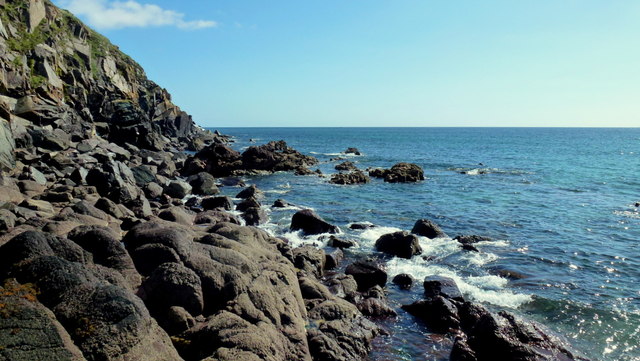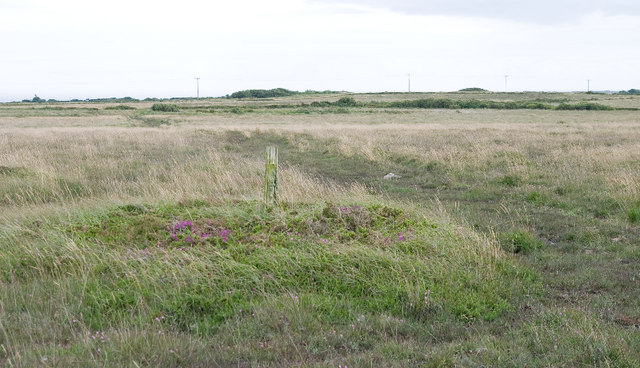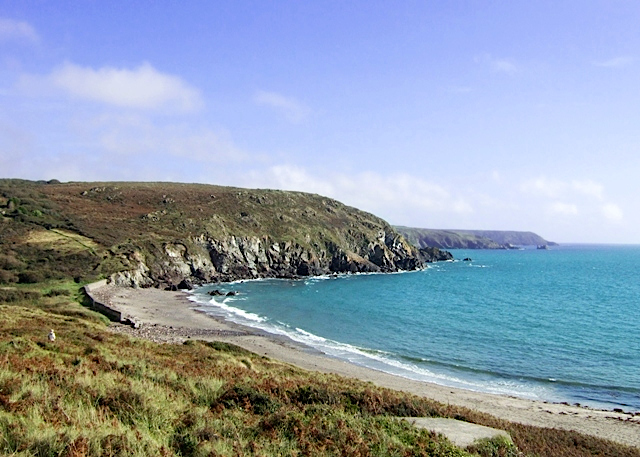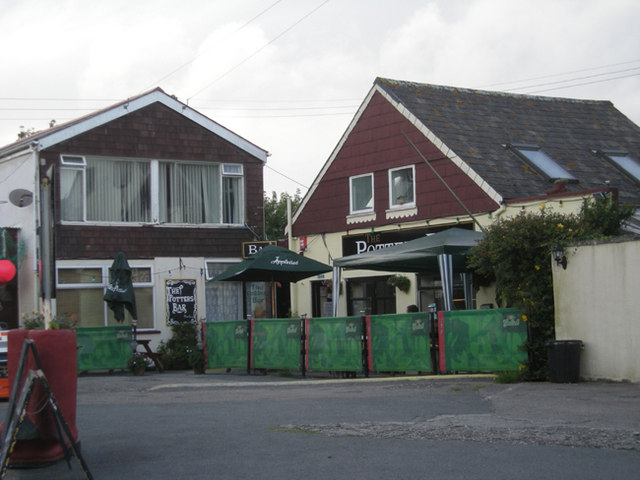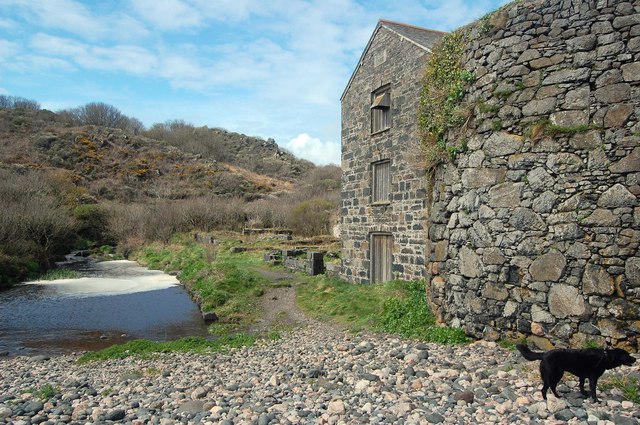Chiverton Croft
Downs, Moorland in Cornwall
England
Chiverton Croft

Chiverton Croft is a picturesque and idyllic area located in Cornwall, England. Situated on the Downs and surrounded by stunning moorland, it offers a unique and breathtaking landscape for visitors to explore.
The area is characterized by rolling green hills, dotted with vibrant wildflowers and heather. The moorland, in particular, is a sight to behold, with its vast expanses of open space and rocky outcrops. It is a haven for wildlife, with numerous species of birds, small mammals, and reptiles making their homes here.
Chiverton Croft is also known for its rich history and heritage. There are several ancient burial sites, stone circles, and remnants of prehistoric settlements scattered throughout the area. These archaeological sites provide a fascinating glimpse into the lives of the people who once inhabited this land.
For outdoor enthusiasts, Chiverton Croft offers a plethora of activities to enjoy. Hiking and walking trails crisscross the region, allowing visitors to immerse themselves in the stunning natural beauty. The moorland is also a popular spot for birdwatching and nature photography, with its diverse range of avian species and breathtaking vistas.
In terms of amenities, Chiverton Croft has limited facilities. There are a few small villages nearby that offer basic services such as accommodations and dining options. However, the area is primarily a place to escape the hustle and bustle of city life and connect with nature.
Overall, Chiverton Croft is a hidden gem in Cornwall, where visitors can experience the tranquility of the moorland and enjoy the beauty of the Downs. It is a perfect destination for nature lovers, history enthusiasts, and those seeking a peaceful retreat away from the crowds.
If you have any feedback on the listing, please let us know in the comments section below.
Chiverton Croft Images
Images are sourced within 2km of 50.01467/-5.1728766 or Grid Reference SW7217. Thanks to Geograph Open Source API. All images are credited.
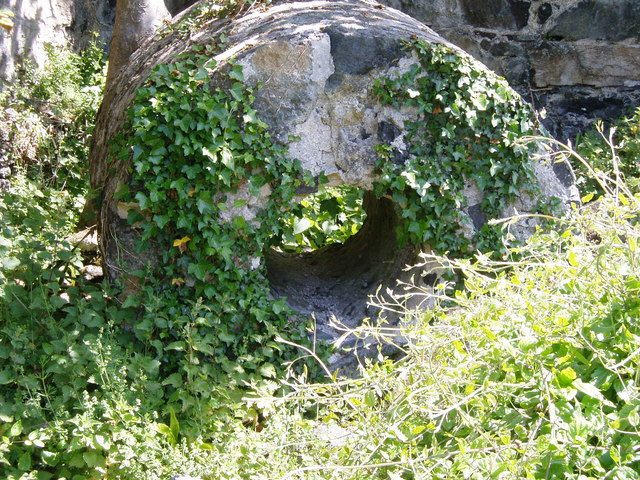




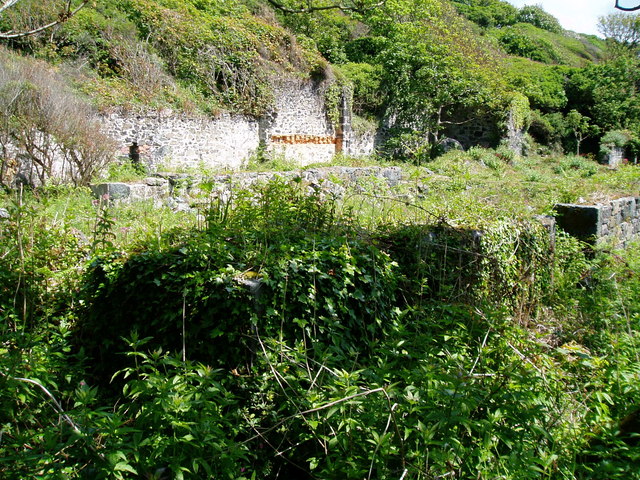




Chiverton Croft is located at Grid Ref: SW7217 (Lat: 50.01467, Lng: -5.1728766)
Unitary Authority: Cornwall
Police Authority: Devon and Cornwall
What 3 Words
///romance.combines.magnitude. Near Mullion, Cornwall
Nearby Locations
Related Wikis
Gwenter
Gwenter (Cornish: Gwynstir) is a hamlet in the parish of St Keverne (where the 2011 census population was included), Cornwall, England.Gwenter lies within...
Kennack Sands
Kennack Sands is a beach and sand-dune system on the east coast of the Lizard Peninsula, Cornwall, England, UK. == Geography == The beach is approximately...
Kuggar
Kuggar (Cornish: Koger) is a hamlet in the parish of Grade-Ruan in Cornwall, England. Kuggar, within the Cornwall Area of Outstanding Natural Beauty (AONB...
Poltesco
Poltesco is a hamlet and valley in the parish of Grade-Ruan, on the Lizard Peninsula, Cornwall, UK. The lower part of the valley is owned by the National...
Nearby Amenities
Located within 500m of 50.01467,-5.1728766Have you been to Chiverton Croft?
Leave your review of Chiverton Croft below (or comments, questions and feedback).





